Sandy: The first time I saw the Pied Kingfisher (Ceryle rudis) was in Thekkady, Kerala, in my fledgeling days of bird-watching. As a kid I had read that kingfishers were of many kinds and this one was called “pulli meen kothi” – literally, the “spotted fish-pecker” (in Malayalam). The book carried an illustration of a bird with a large head and a larger bill — it wasn’t very far off the mark when I first noticed this bird perched on an embankment. Then it did something that amazed me. With a sharp call it rose from its perch, flew a few feet into the lake, and hovered. It didn’t move left or right, forward or backward – it just hung stationary in the air, wings beating furiously. Then came the typical kingfisher dive, cutting into the water, and a moment later the bird emerged with a tiny fish struggling in its mean-looking beak.
Arun: I used to watch Pied Kingfishers in the fields near my house in Kerala. It was a pleasure to observe them early in the morning as they hovered in the mist, their black-and-white bodies flickering in and out of sight. They are generally hard to miss as they are always on the move and active unlike other kingfishers, which rely mostly on the patient ‘wait and watch’ strategy.
The Pied King, as I nicknamed these true kings of the kingfisher world, are the only kingfishers I have seen that are capable of true, sustained hovering. The others can fly and dive and at most manage to hover for just a couple of seconds.
I last observed these birds at Madiwala Lake in Bangalore. A pair was continuously fishing along the entire length of the bank. I’m not sure why they preferred to fish in this way. Maybe the vegetation along the lake shore darkened the water with their reflections and shadows and helped eliminate the sky’s reflection to aid better views beneath the water surface.
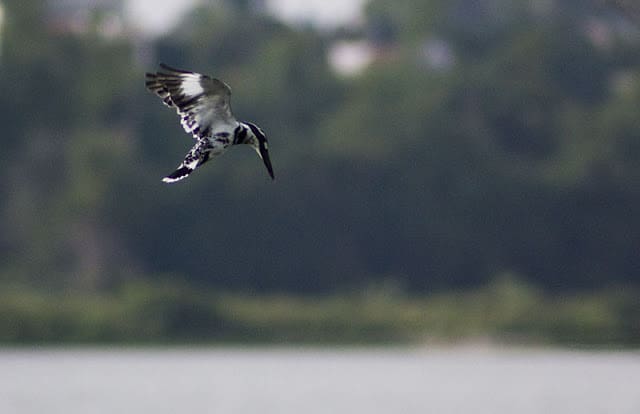 |
| A Pied Kingfisher hunting in Madiwala Lake, Bangalore |
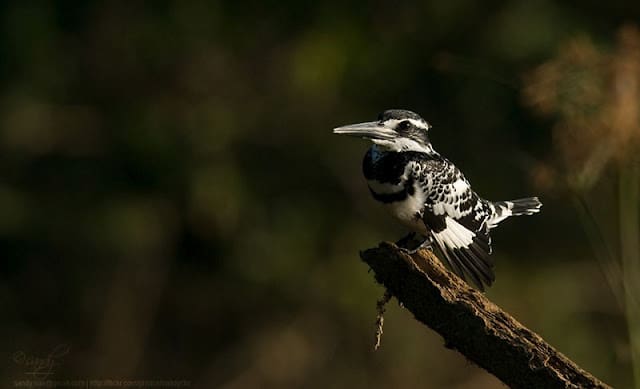 |
| A male, easily identified by the double-banded “necklace” on its breast |
 |
| In the female, the single breast band is broken |
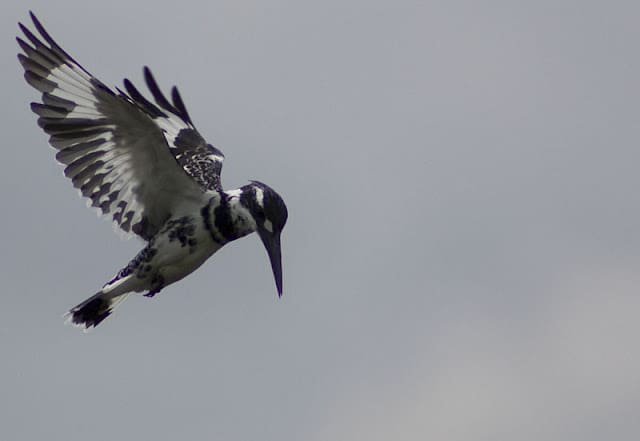 |
| A hovering male shows off its largely white underside |
Sandy: My latest encounter with this bird was at Polachira, a wetland near Thiruvananthapuram, Kerala. Summer had set in, and the water body was turning shallow, leading to fish shoals being concentrated in the deeper patches. On a misty, breezy morning a pair of Pied kingfishers was flying about, hovering, diving and coming up with catches nearly each time. I spent almost an hour photographing them against a rising sun.
Text: Arun Menon and Sandeep Somasekharan
Photographs: Sandeep Somasekharan. Additional photos by Arun Menon
All rights reserved


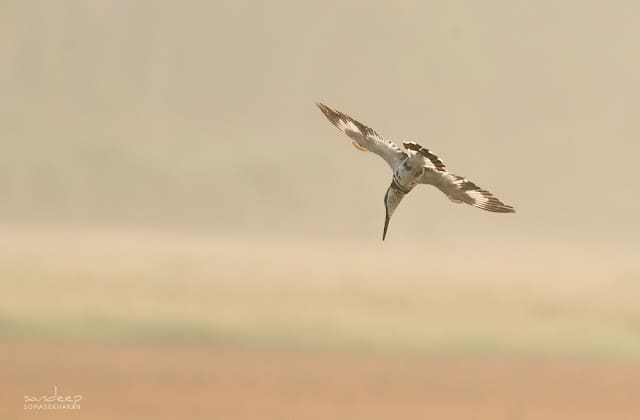
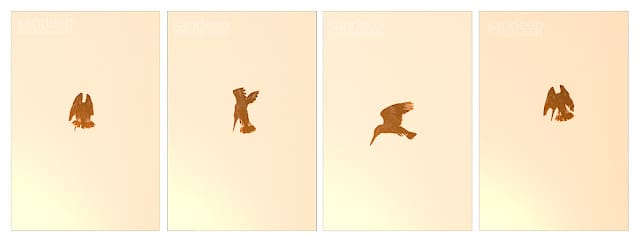
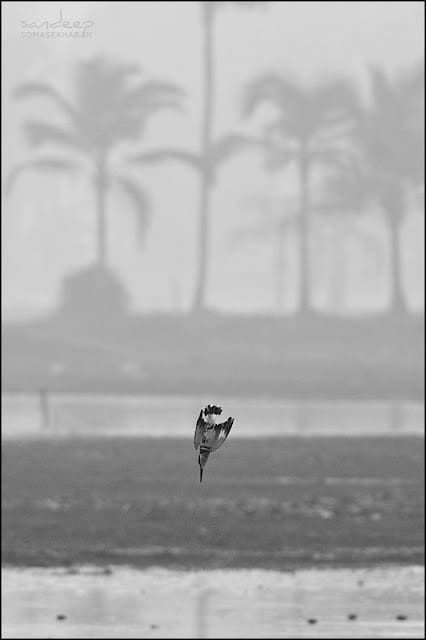
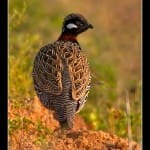
One thought on “Encounter – What’s black and white, and hovers?”